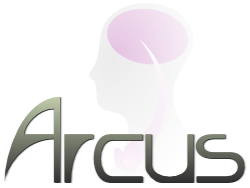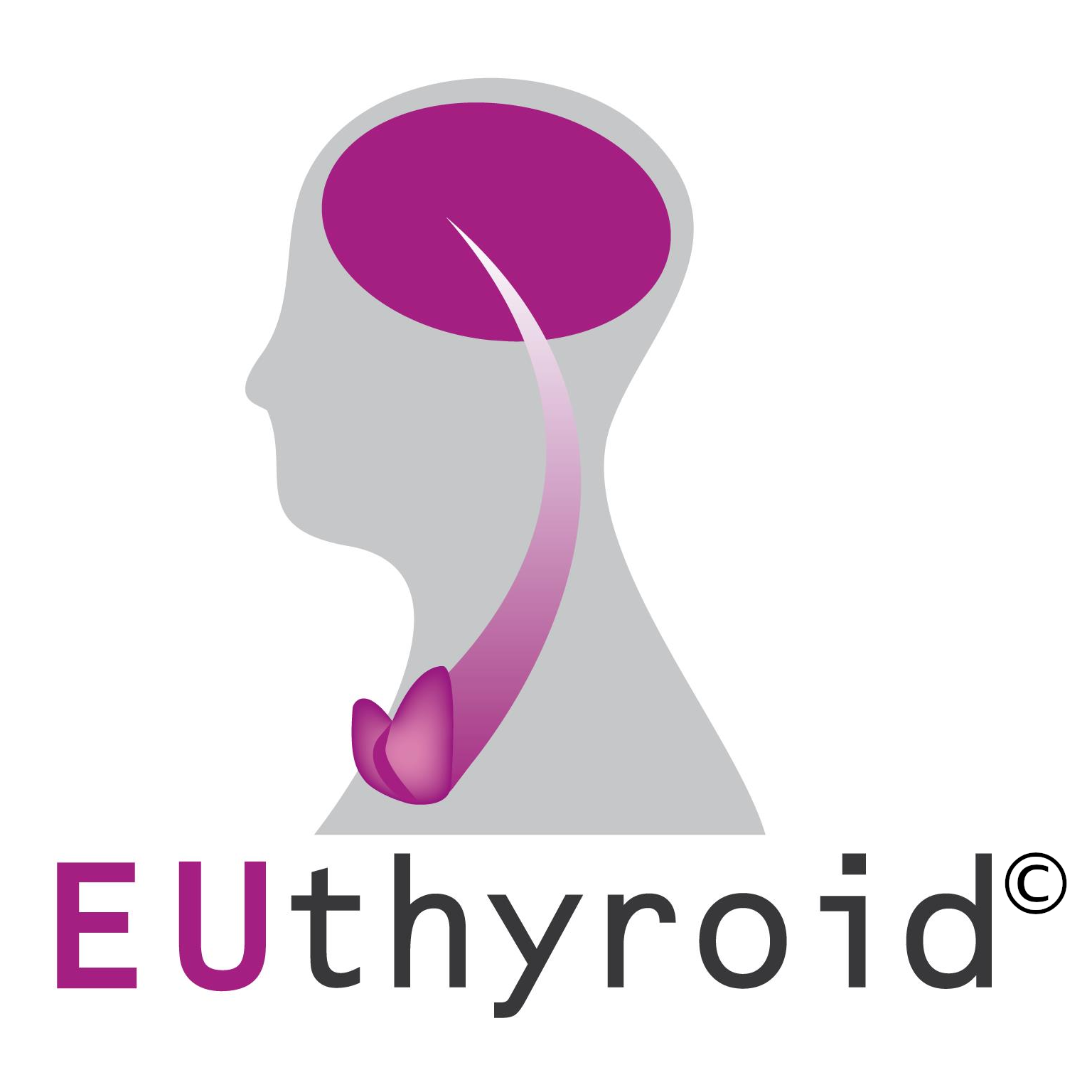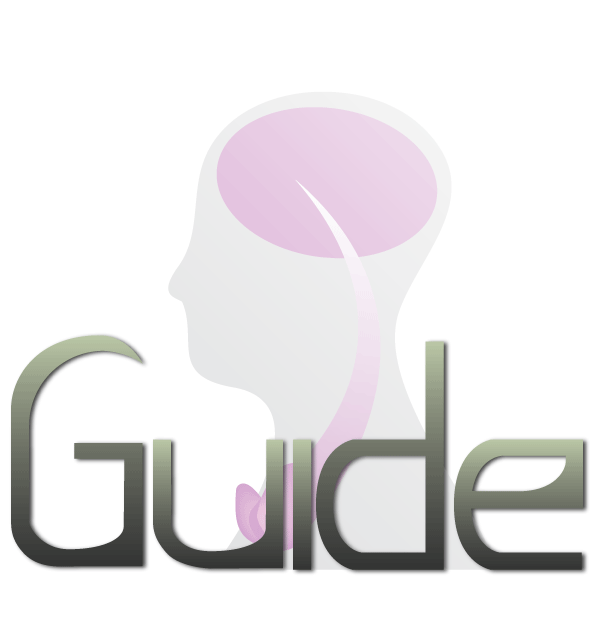

ARCUS (Advanced Reader Certification for Unified Studies) is an online training and certification tool with the aim of standardising the training of ultrasound observers as well as thyroid ultrasound measurements in population-based studies.
ARCUS consists of a comprehensive thyroid image data repository for the training and certification of ultrasound observers. Successful completion of all three thyroid modules leads to a certification according to the Study of Health in Pomerania (SHIP) standards. This certification is for the purpose of standardising thyroid ultrasound measurements in population-based studies and has no clinical application.
ARCUS was developed as part of EUthyroid by partner Universitätsmedizin Greifswald.
One of the aims of EUthyroid is to reduce the bias introduced to thyroid ultrasound investigations by study staff by establishing a standardised training programme.
A thyroid ultrasound training video was developed to demonstrate a thyroid examination, including locating the thyroid gland, assessing its echo pattern, measuring its volume and documenting nodules. The video includes animation and graphics to highlight key points.
© University of Greifswald
Thyroid Ultrasound Guidelines
This manual is indented as a practical tool for study nurses and ultrasound readers conducting population based studies to monitor iodine deficiency disorders (IDD). The guidance may be useful when writing a study manual and may be used for educational as well as training purposes. Along with the EUthyroid guidance for researchers conducting population studies, the EUthyroid ultrasound training video, and the EUthyroid training application ARCUS iodine and thyroid-related population based studies in Europe can be reach an overall comparability which allows for harmonized monitoring of IDD.
This guide can be found here.
Guidance for researchers conducting population studies. Focus on monitoring of iodine deficiency disorders (IDD)
EUthyroid aims to harmonise IDD related studies by improving their overall quality and comparability. For this aim, a guidance document for researchers was developed, serving as a practical tool for research professionals planning and conducting population studies, especially monitoring studies.
The guide is divided into three parts:
Part A includes general recommendations and issues related to study planning.
Part B offers detailed instructions and recommendations for specimen collection and sample handling.
Part C provides an overview of laboratory analysis related to urinary iodine and thyroid function.
The guide can be found here and here.


